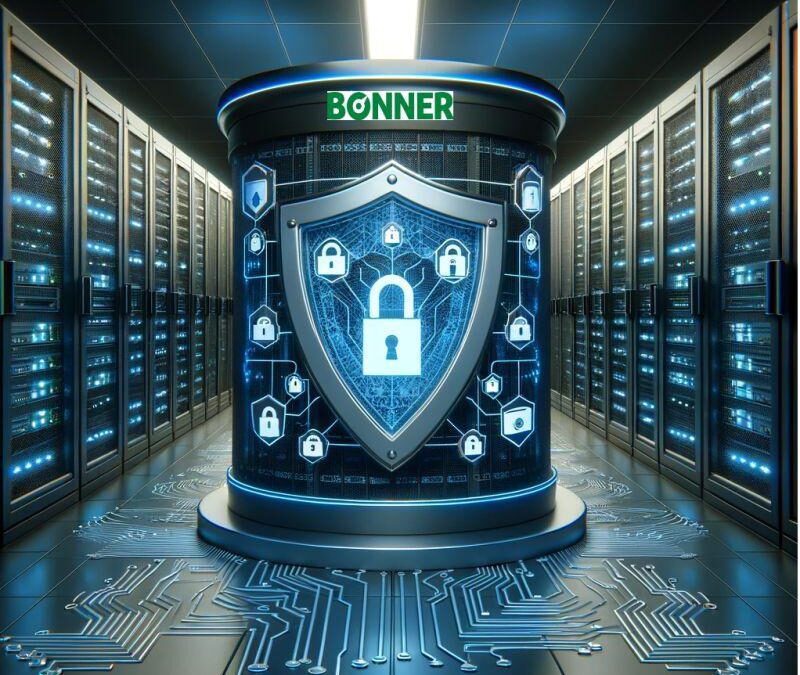Cybersecurity: A Detailed Insight into NIS2
In an ever-evolving digital landscape, cybersecurity remains a paramount concern for businesses and governments alike. The advent of the “Network and Information Security Directive”, commonly called “NIS2”, marks a significant shift in the European Union’s approach to bolstering cybersecurity across its member states. This blog is based on freely available information online; the purpose of this is to highlight some of what we consider to be key takeaways from NIS2, exploring its objectives, implications, and the steps organisations must take to comply with this new directive. Additionally, it highlights the increased responsibility placed on the board and senior management to oversee and manage cyber risks effectively.
Understanding NIS2: Objectives and Scope
The NIS2 directive, building upon its predecessor NIS1, aims to enhance the overall level of cybersecurity within the EU. It does so by broadening the scope of entities covered, increasing the security requirements, and ensuring a harmonised approach to cybersecurity across member states. Key sectors such as energy, transport, banking, health, and digital infrastructure are directly impacted, reflecting the directive’s expansive reach.
Key Objectives of NIS2:
- Improved Cybersecurity Measures: NIS2 mandates that organisations implement robust cybersecurity measures to protect their network and information systems. This includes risk management practices and incident response mechanisms.
- Enhanced Cooperation: The directive fosters greater cooperation among member states, facilitating the exchange of information and best practices to combat cyber threats more effectively.
- Reporting Obligations: NIS2 introduces stringent reporting obligations for incidents, requiring organisations to notify relevant authorities of significant incidents within 24 hours of detection.
- Increased Oversight and Responsibility: A key aspect of NIS2 is the heightened responsibility placed on the board and senior management. They must ensure adequate oversight and management of cyber risks, including undergoing training to understand and manage these risks effectively.
Enhanced Requirements and Obligations
NIS2 not only expands the range of sectors covered but also imposes stricter security and reporting requirements. Organisations must adopt a proactive stance towards cybersecurity, encompassing a range of technical and organisational measures.
Security Measures:
- Risk Management: Entities must conduct regular risk assessments and implement appropriate security measures to mitigate identified risks.
- Incident Response: A well-defined incident response plan must be in place to ensure timely detection, response, and recovery from cyber incidents.
- Supply Chain Security: The directive emphasises the security of the entire supply chain, requiring organisations to assess and manage risks associated with third-party vendors and partners.
Reporting Obligations:
- Incident Notification: Significant incidents must be reported to the relevant national authority within 24 hours of detection, with a follow-up report detailing the incident’s impact and mitigation measures taken.
- Continuous Monitoring: Organisations are required to continuously monitor their network and information systems to detect potential threats and vulnerabilities.
Implications for Organisations
The implementation of NIS2 brings several implications for organisations across various sectors. Compliance with the directive necessitates a comprehensive review and upgrade of existing cybersecurity measures.
- Increased Investment in Cybersecurity: To meet NIS2’s stringent requirements, organisations will need to invest significantly in cybersecurity infrastructure, personnel training, and technology.
- Enhanced Collaboration: Organisations will need to foster closer collaboration with national authorities and other stakeholders to ensure compliance and effective incident response.
- Legal and Financial Consequences: Non-compliance with NIS2 can result in severe penalties, including substantial fines and reputational damage. Organisations must, therefore, prioritise compliance to avoid such repercussions.
- Board and Management Accountability: Senior management and board members are required to be actively involved in the oversight and management of cyber risks. This includes mandatory training to enhance their understanding and capability in managing cybersecurity threats.
Steps to Achieve Compliance
Achieving compliance with NIS2 requires a strategic approach encompassing several key steps:
- Conduct a Gap Analysis: Organisations should begin by conducting a thorough gap analysis to identify areas where current practices fall short of NIS2 requirements.
- Develop a Comprehensive Cybersecurity Strategy: Based on the findings of the gap analysis, a robust cybersecurity strategy should be developed, addressing both technical and organisational measures.
- Implement Security Controls: Deploy the necessary security controls, including risk management practices, incident response plans, and continuous monitoring systems.
- Training and Awareness: Ensure that all employees, including senior management and board members, are adequately trained and aware of their roles and responsibilities in maintaining cybersecurity.
- Regular Audits and Reviews: Conduct regular audits and reviews to ensure ongoing compliance with NIS2 and to identify and address any emerging threats or vulnerabilities.
For more on the OT specific solutions, check out our blog on “Best practices for securing Operational Technology networks“:
Conclusion
NIS2 represents a significant advancement in the EU’s efforts to safeguard its digital infrastructure. By imposing stringent requirements and fostering enhanced cooperation among member states, the directive aims to create a more resilient and secure digital environment. Organisations must take proactive steps to achieve compliance, ensuring that they not only meet regulatory requirements but also enhance their overall cybersecurity posture.
By staying ahead of the curve and embracing the principles of NIS2, organisations can better protect themselves against the ever-evolving threat landscape, safeguarding their operations, data, and reputation in the digital age.
For detailed information on NIS2, refer to the NCSC Quick Guide PDF.
